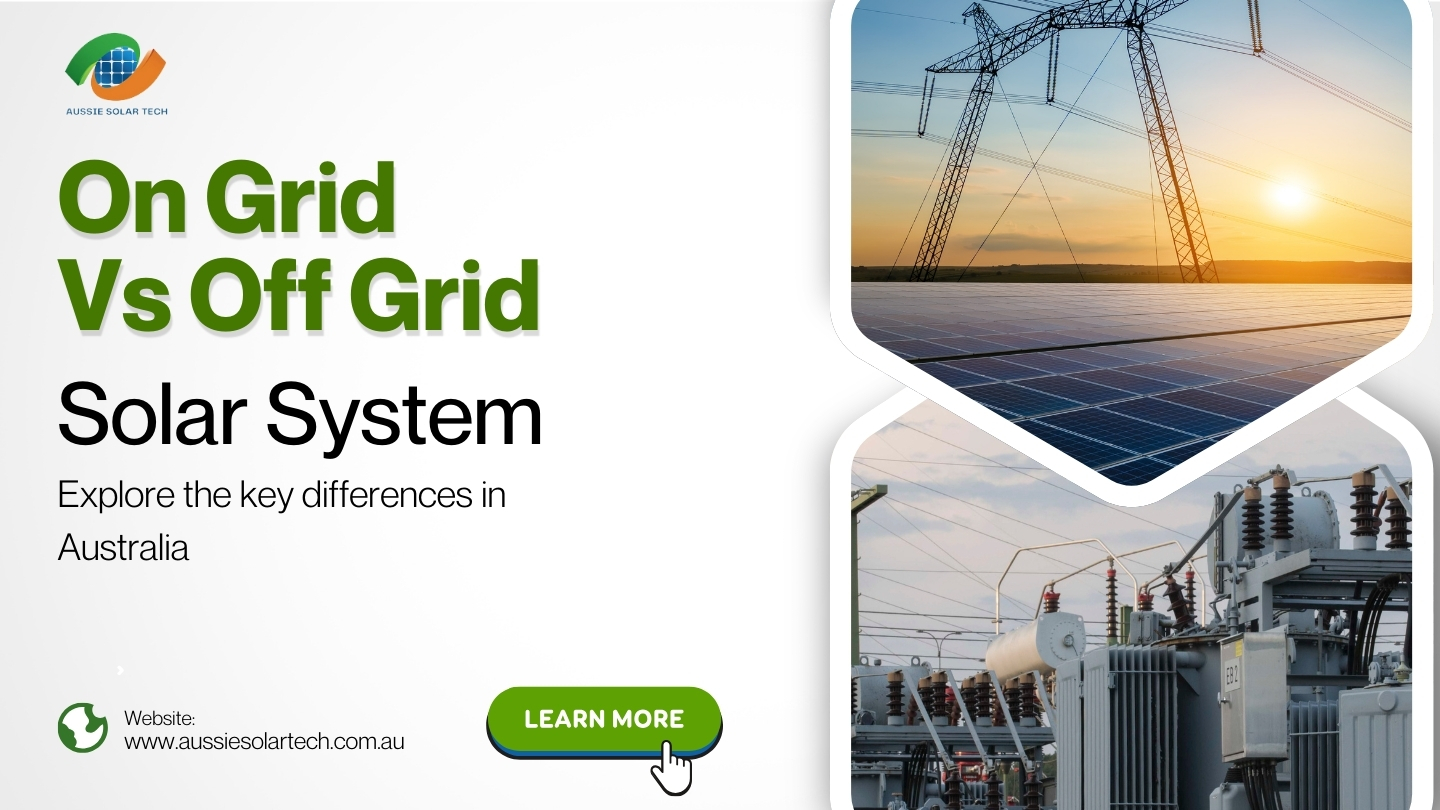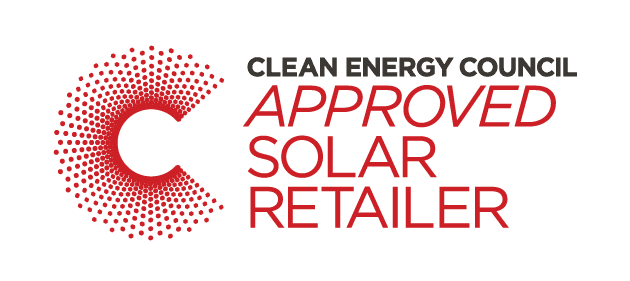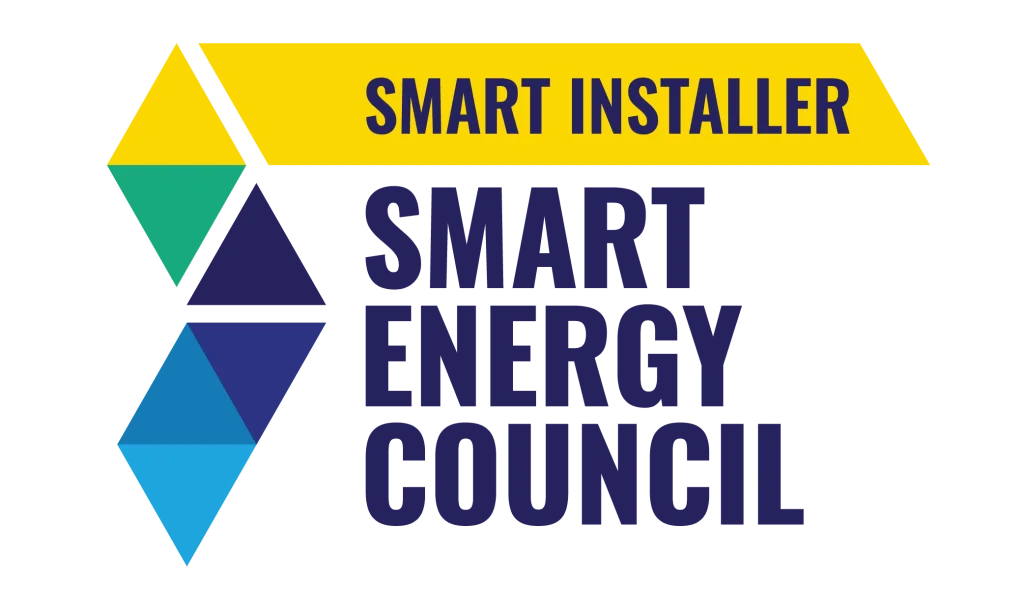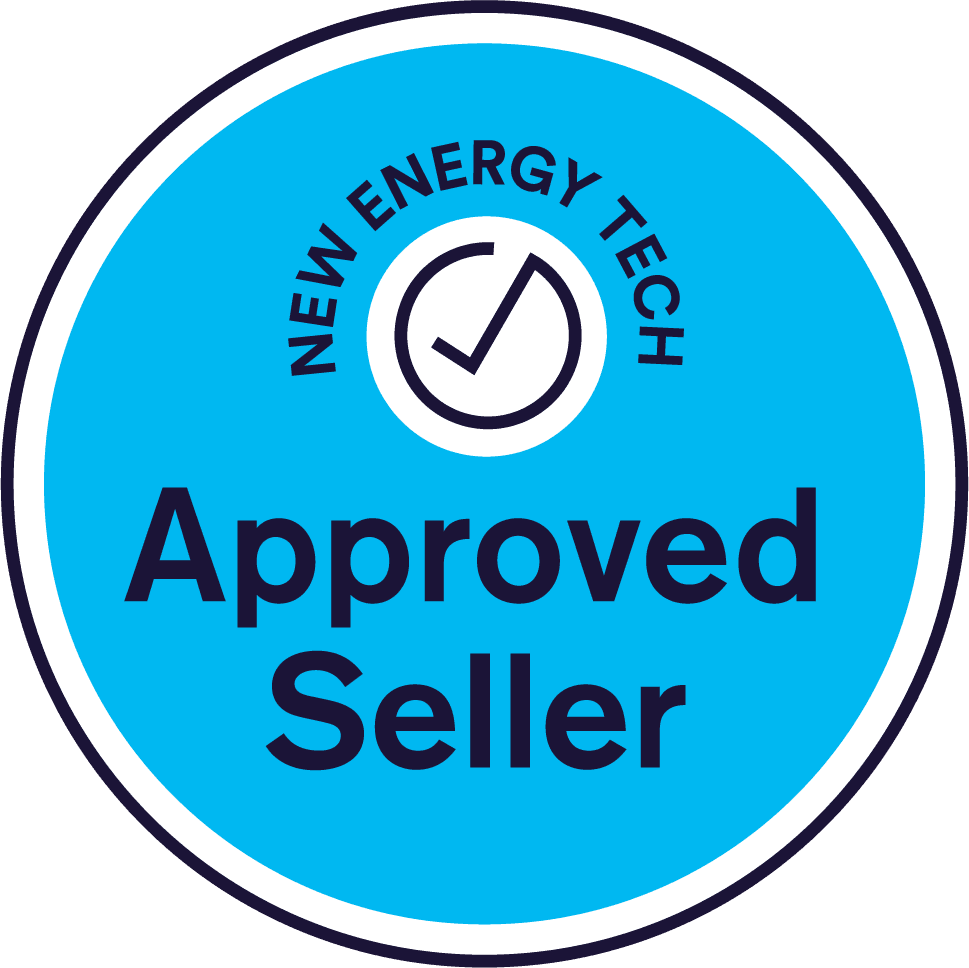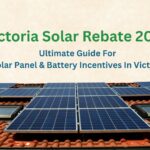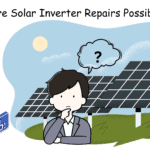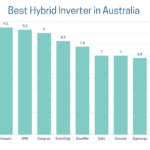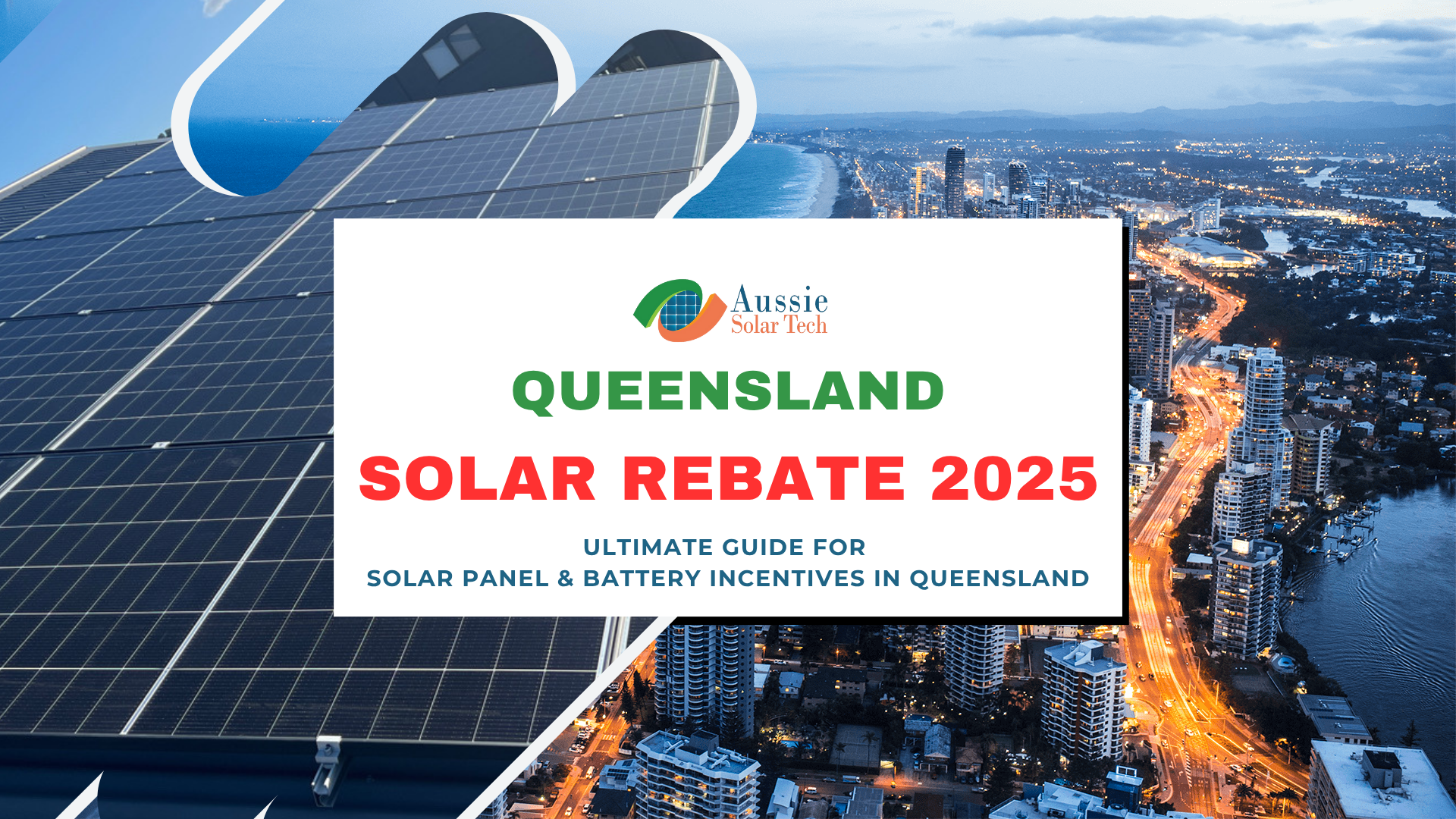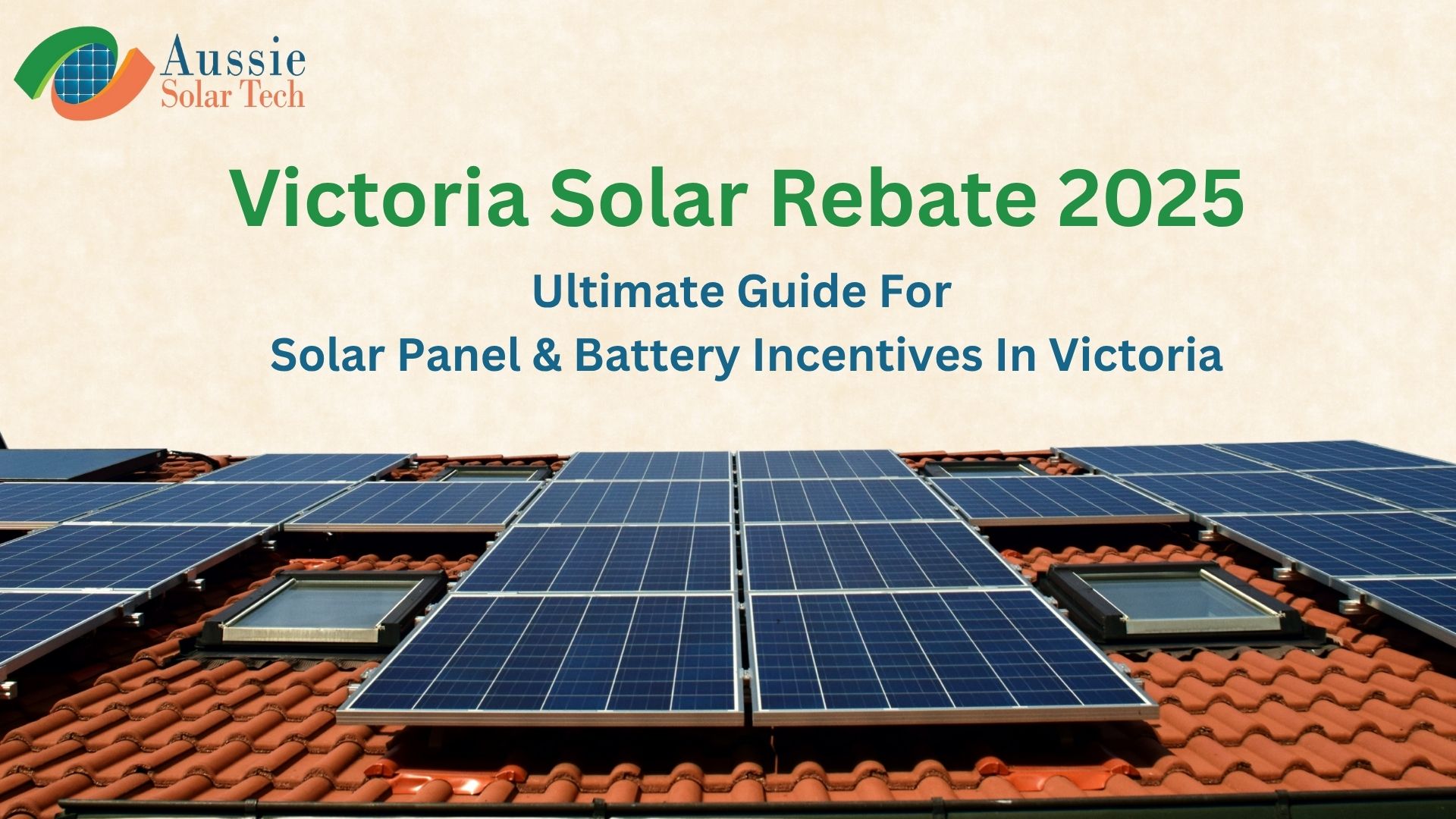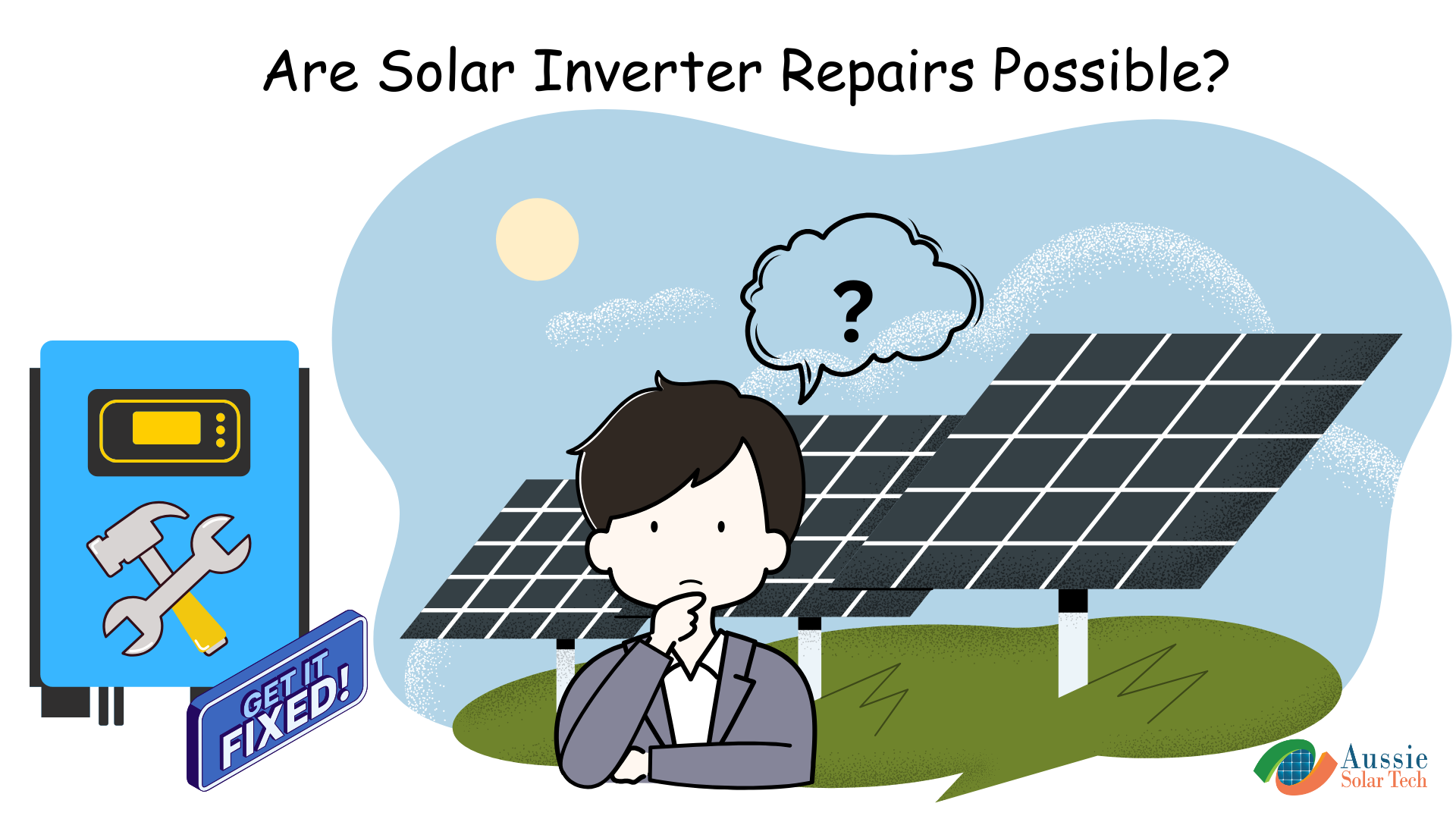Solar Panel Costs In Australia: Price Index 2025
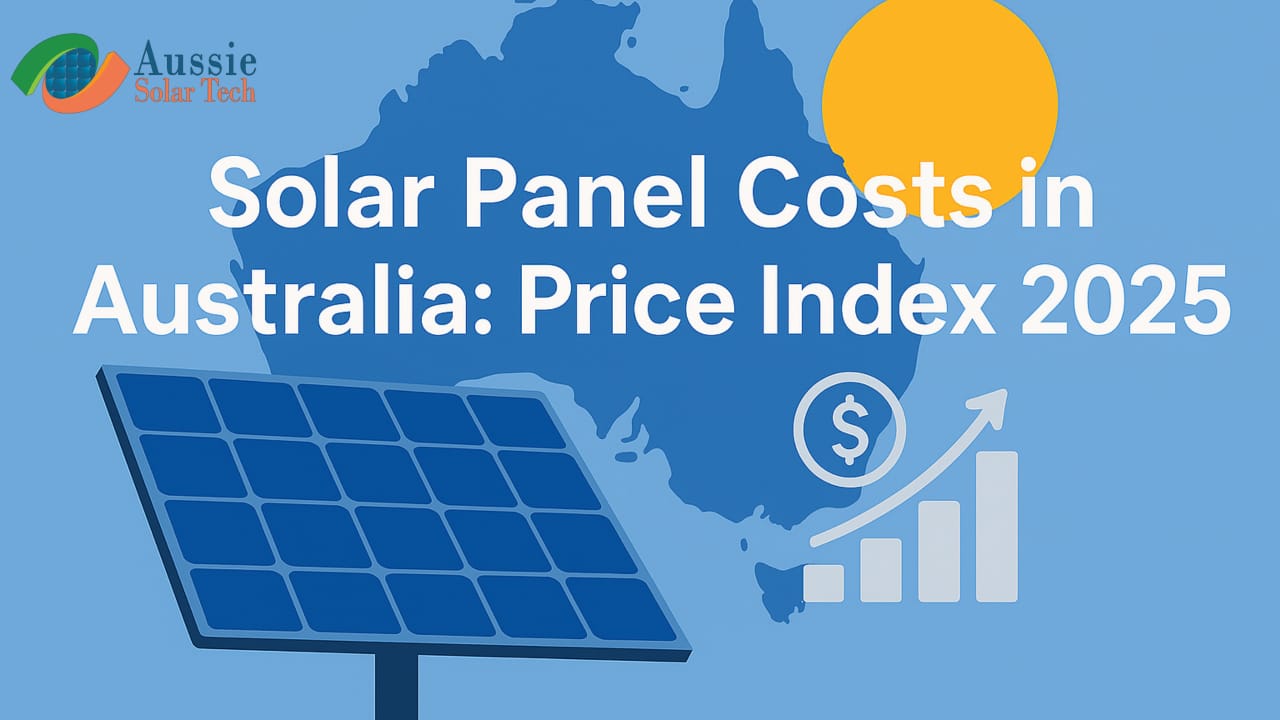
In This Article
ToggleAustralia is one of the best places in the world for harnessing solar energy. As a sun-drenched continent, it continues to lead the world in per-capita solar adoption. The solar energy market in Australia has been booming, with more homeowners and businesses turning to solar power as a long-term solution to cut electricity bills and reduce carbon footprints. So, what is the solar panel cost in Australia today?
The price of solar panel systems varies based on many factors such as location, system size, panel quality, and installation fees. In this detailed guide, we’ll break down solar panel costs across different states, installation expenses, government rebates, and the long-term financial benefits of going solar. By the end, you’ll have a clear understanding of the solar market, which will help you make a well-informed investment that maximises your savings and improves your home’s energy efficiency.
Average Solar Panel Costs in Australia (2025)
Solar panel prices have decreased a lot over the past 10 years, making them more affordable. In Australia, solar panel costs can vary depending on where you live, but most households can expect to pay between $3,000 and $10,000 after government rebates. The final price depends on things like how big your system is, the quality of the panels and parts, and how much the installation costs.
Here’s a breakdown of the average solar panel costs in Australia for 2025:
Residential Solar Panel Costs (2025)
| System Size | Average Price (After Rebates) | Power Output (kWh/day) |
| 3kW | $3,000 – $5,000 | 12 kWh/day |
| 5kW | $4,500 – $7,000 | 20 kWh/day |
| 6.6kW | $5,000 – $8,500 | 26 kWh/day |
| 10kW | $8,000 – $12,000 | 40 kWh/day |
Commercial Solar Panel Costs (2025)
| System Size | Average Cost (After Rebates) | Power Output (kWh/day) |
| 30kW | $25,000 – $35,000 | 120 kWh/day |
| 50kW | $45,000 – $51,000 | 200 kWh/day |
| 100kW | $80,000 – $100,000 | 400 kWh/day |
These include the panels, inverter, mounting, wiring, and installation. The exact price can vary based on the quality of components, the size of the system, and the complexity of the installation.
Cost Breakdown: Equipment, Installation, and Extras
For a better understanding of solar panel costs, let’s see where your money goes:
a. Equipment
- Solar Panels: 40–50% of total cost
- Inverter: 15–25% (string or hybrid)
- Mounting System: 5–10%
b. Installation
- Labour: 10–20%
- Safety & Compliance: 5–10%
c. Optional Extras
- Battery Storage (e.g., 10 kWh): $8,000 – $12,000
- Monitoring Systems: $200 – $800
- Smart Meters: $400 – $600
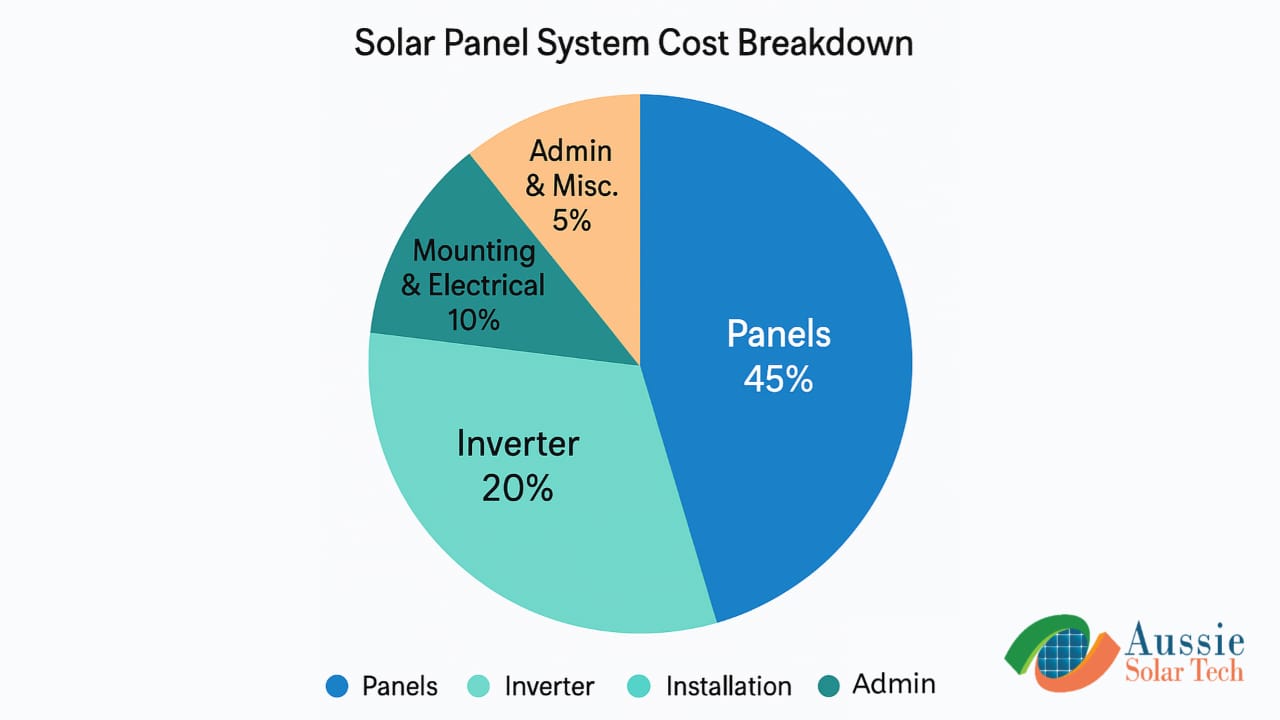
Key Factors Affecting Solar Panel Costs
- System size – The price of your new solar panel depends on how big your installation is. Larger panels generally offer a better cost-per-watt ratio compared to smaller solar panels. However, they also come with higher upfront costs. Your ideal system size will depend on your household energy usage, roof space, and long-term energy goals. The main thing is that if you want a better cost-per-watt, then you need a larger system.
- Panel Brand and Efficiency – Not every brand can offer equal quality. Normally, premium brands like SunPower, REC, and LG come with a higher price, but they can deliver the best quality, durability, and performance. These panels can generate more electricity than others by using the same amount of sunlight, which makes the long-term investment easier for homeowners. So you may go for premium brand solar panels.
⏩Find the best solar panels. - Installer reputation – The quality and reliability of your solar installation depend on the solar panel installer. Reputable installers—especially those accredited by Solar Accreditation Australia (SAA)—may charge a bit more, but they offer peace of mind with better workmanship, ongoing support, and full compliance with Australian standards. Investing in a trusted installer like Aussie Solar Tech can prevent costly issues in the future.
*Our Solar Installers and Solar Designers have CEC and Solar Accreditation Australia (SAA) accreditation. - Installation difficulty – If your home has features that make the installation process more complex, then installers may charge extra. For example, if you have a double-storey house, a tiled roof, or a steep roof with a pitch over 25 degrees, installation can take more time and require additional safety equipment. If your inverter needs to be installed far from your switchboard, or if your switchboard needs an upgrade to meet local safety regulations, then extra costs can also apply. In some cases, homes with older or narrow grid connections may also require mains-supply upgrades to fix voltage rise issues, which also increases the overall cost.
- Location – The farther you live from your nearest solar installer, the more it might cost. Many installers charge a travel fee if they have to drive more than 80 kilometres to reach you. And if the job is far enough that they need to stay overnight, you’ll likely need to cover their accommodation too, which can add quite a bit to the total cost.
- The Solar Rebates– Government incentives significantly reduce the upfront cost of solar panel installations in Australia.
- Small-scale Renewable Energy Scheme (SRES): The Small-scale Renewable Energy Scheme (SRES) is an Australian Government program based around tradable certificates called small-scale technology certificates (STCs). Eligible installations of rooftop solar are entitled to STCs, creating a subsidy for households and businesses that install these renewable energy technologies. Most home and business rooftop solar systems in Australia qualify for STCs. Adding a battery to your system will not increase the number of STCs. When you install or upgrade a rooftop solar system, you will receive a certain number of STCs. Your solar retailer or installer will normally apply for the STCs and sell them on your behalf. You will see the value of the STCs included in your quote as a discount on the cost of solar panels.
This scheme can save homeowners between $500 and $3,000 on their solar system. It’s important to note that the STC program renews each year and is scheduled to be phased out completely by 2030, which will gradually put upward pressure on net solar prices. - Cheaper Home Batteries Program (Federal): Starting July 1, 2025, this program offers an upfront discount of up to 30% off the cost of home battery systems. This equates to approximately $372 per usable kWh, or roughly $3,720 off a typical 10 kWh battery. This rebate is stackable with eligible state battery rebates and is open to homeowners, small businesses, and community facilities.
*Rebates will be calculated based on your installed battery capacity, not on the solar panel. - State-Specific Incentives: Various states and territories offer additional rebates or interest-free loans for solar and battery systems.
👉 Learn more about the rebate here.
- Small-scale Renewable Energy Scheme (SRES): The Small-scale Renewable Energy Scheme (SRES) is an Australian Government program based around tradable certificates called small-scale technology certificates (STCs). Eligible installations of rooftop solar are entitled to STCs, creating a subsidy for households and businesses that install these renewable energy technologies. Most home and business rooftop solar systems in Australia qualify for STCs. Adding a battery to your system will not increase the number of STCs. When you install or upgrade a rooftop solar system, you will receive a certain number of STCs. Your solar retailer or installer will normally apply for the STCs and sell them on your behalf. You will see the value of the STCs included in your quote as a discount on the cost of solar panels.
How Much Do Solar Panels Cost in Australia?
The table below shows the average solar panel cost by city & size of solar panels installed. The prices in all the tables below include the up-front incentive available for small-scale systems through the Renewable Energy Target (i.e., ‘STC discount’) and GST – they represent the total retail price of the system to the customer.
| City | 3kW | 4kW | 5kW | 6kW | 7kW | 10kW |
|---|---|---|---|---|---|---|
| Adelaide, SA | $3,490 | $3,590 | $4,200 | $4,590 | $5,490 | $7,490 |
| Brisbane, QLD | $4,000 | $4,200 | $4,560 | $5,050 | $6,000 | $8,000 |
| Canberra, ACT | $3,490 | $4,000 | $4,000 | $4,490 | $5,370 | $7,000 |
| Darwin, NT | $4,490 | $6,580 | $7,300 | $9,000 | $10,000 | $13,000 |
| Hobart, TAS | $4,590 | $5,000 | $6,000 | $6,590 | $7,200 | $11,000 |
| Melbourne, VIC | $3,590 | $4,200 | $4,590 | $5,200 | $6,000 | $8,000 |
| Sydney, NSW | $3,590 | $4,000 | $4,390 | $5,000 | $5,590 | $7,390 |
| Perth, WA | $3,399 | $3,599 | $4,090 | $5,050 | $6,090 | $9,000 |
Average commercial solar panel costs by city & size
| City | 10kW | 30kW | 50kW | 70kW | 100kW |
|---|---|---|---|---|---|
| Adelaide, SA | $8,699 | $29,690 | $56,570 | $75,390 | $91,699 |
| Brisbane, QLD | $9,490 | $26,690 | $46,690 | $66,000 | $87,00 |
| Canberra, ACT | $9,690 | $38,590 | $54,599 | $70,000 | $99,599 |
| Hobart, TAS | $12,230 | $26,590 | $48,390 | $66,000 | $79,300 |
| Melbourne, VIC | $9,330 | $27,990 | $49,000 | $64,200 | $85,570 |
| Sydney, NSW | $8,820 | $25,900 | $46,200 | $62,590 | $82,490 |
| Perth, WA | $11,200 | $31,000 | $57,000 | $73,490 | $89,690 |
Premium Solar Panel Costs: The average solar panel cost in the table below reflects the premium offers. These systems come at a 20-30% higher price than the standard offers, based on the higher cost of the underlying equipment.
| City | 3kW | 4kW | 5kW | 6kW | 7kW | 10kW |
|---|---|---|---|---|---|---|
| Adelaide, SA | $4,580 | $5,000 | $5,790 | $6,540 | $7,690 | $10,300 |
| Brisbane, QLD | $5,000 | $5,690 | $6,000 | $6,490 | $7,650 | $10,380 |
| Canberra, ACT | $4,590 | $5,000 | $5,2000 | $6,050 | $7,070 | $8,560 |
| Darwin, NT | $4,690 | $7,000 | $8,000 | $10,200 | $11,490 | $15,260 |
| Hobart, TAS | $5,699 | $6,690 | $8,000 | $8,490 | $9,400 | $13,010 |
| Melbourne, VIC | $5,200 | $5,590 | $6,300 | $7,000 | $8,000 | $10,410 |
| Sydney, NSW | $4,490 | $5,000 | $6,100 | $6,300 | $7,660 | $10,000 |
| Perth, WA | $4,390 | $5,000 | $5,300 | $6,510 | $7,690 | $11,200 |
So What’s the Difference Between Cheap and Expensive Solar Panels?
Why would anyone pay so much extra for premium panels? Well, you do get a few key benefits:
- Higher efficiency – Premium panels squeeze a bit more electricity out of every square metre compared to cheap panels. This makes them ideal for rooftops with limited space or partial shading. However, budget panels nowadays get pretty close, so the improvement is marginal.
- Lower degradation – Cheaper panels might lose around 10% efficiency over 25 years, whereas top-tier panels usually only lose about 5%.So, for the long-term efficiency gain, you must choose premium panels.
- Better heat tolerance – Premium panels have a lower temperature coefficient (PMax), meaning they produce more energy during scorching Aussie summers.
- Superior warranties – Most premium panels come with solid 25–30 year warranties, and some even cover labour.
- Trusted reputation – With premium brands, you’re paying for proven reliability and strong support if you ever have warranty issues.
But look, most people don’t necessarily need the Rolls-Royce of panels. If you’re budget-conscious, there are plenty of solid, value-for-money options out there. Brands like Jinko, Trina, and LONGi all deliver quality, reliability, and good performance, and are regularly installed by reputable installers across Australia.
National Solar Panel Price Index
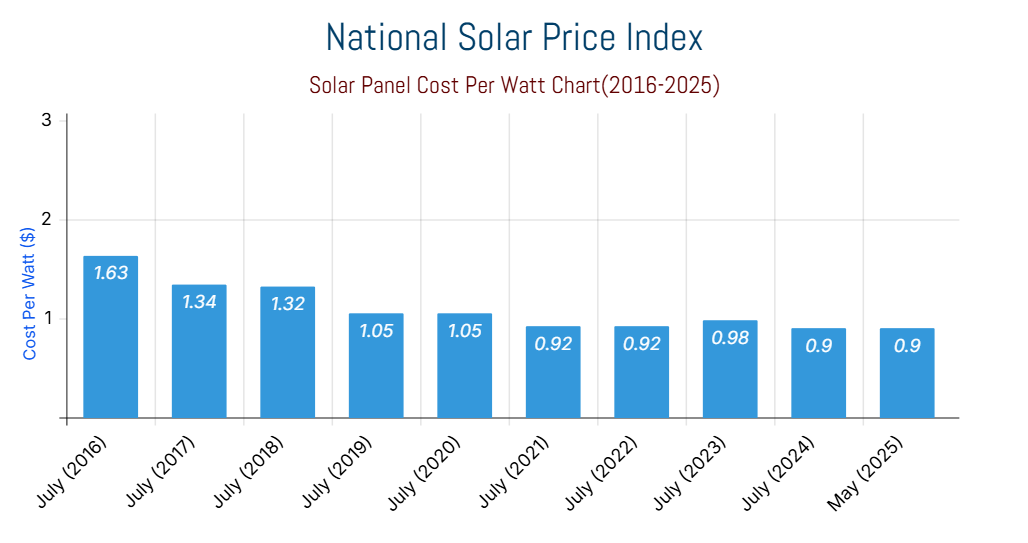
The Price Index measures the cost of solar power systems on a dollar per watt ($/W) basis. This pricing metric helps consumers and industry stakeholders understand the average prices of residential solar system installations in Australia. The price per watt is a key factor in comparing the cost-effectiveness of solar power systems, considering the total cost of installation divided by the system’s capacity in watts. This index can provide insights into trends in solar pricing, influencing decisions for potential solar energy adopters by highlighting the average upfront investment required to install a solar photovoltaic (PV) system.
Tips to Reduce Solar Panel Costs Without Compromising Quality
Avoid Cheap Panels: Cheap systems may seem appealing, but often come with unreliable components, limited warranties, and unresponsive installers. Quality matters more than cost savings. So, you should go for premium solar panels.
Time Your Install: Prices may drop during off-peak seasons, such as winter. Installers often offer discounts during slow periods or end-of-financial-year sales. Take advantage of rebate windows and installer promotions.
Group Buys: Some councils and community organizations run group-buying programs, which secure discounted rates from vetted installers by pooling local interest. These initiatives often include consumer education and free technical assessments.
Bundle with Battery: In states like South Australia, Victoria, and the ACT, bundling a solar system with a battery can unlock additional rebates or interest-free loans. While batteries have a higher upfront cost, available incentives can significantly reduce your expenses. Some rebates only apply to bundled systems.
- Install a System Sized for Your Needs: To get the best cost-per-watt result, oversizing your system doesn’t always mean better savings. Use your electricity usage data and future energy goals to right-size your system for optimal payback and efficiency.
By following these tips, Australian homeowners can reduce solar panel costs while ensuring they invest in a high-quality system that will deliver reliable savings for decades.
How to Calculate the Right Solar System Size
First things first, before installing a new solar panel, calculating the right solar system size is important. After calculating, you will know your energy needs. Let’s get into the calculation. First, determine your peak sun hours. Peak sun hours are the hours during which sunlight is strong enough to generate a significant amount of solar energy. In Australia, this typically ranges from 2 to 7 hours per day, depending on your location.
Calculate the System Size with this simple formula:
System Size (kW) = Daily Energy Usage (kWh) ÷ Peak Sun Hours
We use a conservative average of 3.6 peak sun hours to determine the approximate size solar system necessary for your needs. This is then cross-checked using our solar design software. For example, if your daily usage is 24 kWh and you get 3.6 peak sun hours per day, your system size would be:
Inverter System Size: 24 kWh ÷ 3.6 hours = 6.66 kW
So to produce 24kWh per day, you need at least a 6.6kW inverter. It is also industry best practice to oversize the inverter up to 33% to account for heat and cable losses and provide a more constant output. This means we oversize the solar panels that are paired with the inverter. For example, 7.92 kW of solar panels on your 6.6 kW inverter. Now that you have a better understanding of how to size the right solar system, you’re in a much better position to make informed decisions. When you receive your quotes, you’ll know exactly what to expect, ensuring that you get the most out of your investment and maximise your savings.
However, the process can still feel overwhelming, and that’s perfectly normal. Consulting with a solar expert can offer personalised advice tailored to your specific needs, giving you peace of mind. They can answer your questions, address your concerns, and help you navigate any uncertainties.
Leading Options for the Best Solar Panels in Australia
In 2025, Australian homeowners will have access to a wide range of high-quality solar panels from globally recognised manufacturers. The best solar panels combine efficiency, durability, and strong warranty terms, making them a smart long-term investment. Now let’s see some leading options:
| Brand | Warranty | Efficiency | Performance (Year 25) | Value |
|---|---|---|---|---|
| AIKO | 25 Years | Up to 23.0% | 90.60% | Good |
| SunPower Maxeon | 40 Years | Up to 23.0% | 89.50% | Good |
| REC | 25 Years | Up to 22.6% | 89.40% | Good |
| Jinko Solar | 25 Years* | Up to 22.0% | 87.40% | Good |
| Trina Solar | 25 Years* | Up to 22.0% | 87.40% | Good |
| LONGi | 25 Years | Up to 23.0% | 89.20% | Good |
| Qcell | 25 Years | Up to 22.0% | 88.50% | Good |
| Canadian Solar | 25 Years | Up to 23.0% | 87.40% | Good |
| Risen | 25 Years | Up to 22.6% | 88.30% | Good |
| TW Solar | 25 Years | Up to 21.5% | 85.50% | Good |
Find the Top Five Best Solar Panels
Solar Panel Payback Period & ROI
One of the biggest advantages of solar is the quick payback period. The average payback period for residential solar in 2025 is between 3.5 to 6 years, depending on electricity usage, location, and feed-in tariff.
Estimated Payback Time (2025)
| System Size | Upfront Cost | Annual Savings | Payback Period |
|---|---|---|---|
| 5kW | $4,500 | $1,200 | 3.5 – 4.5 years |
| 10kW | $9,000 | $2,500 | 3.5 – 4 years |
After the payback period, your solar system generates free electricity for 20+ years!
Future Price Trends: What’s Next for Solar in Australia?
Many people in the solar industry expect, solar panel costs in Australia are expected to continue their gradual decline, driven by advancements in technology, mass production efficiencies, and growing market competition. As panel efficiency improves and new materials like perovskite gain traction, homeowners may soon need fewer panels to generate the same amount of energy, lowering both equipment and installation costs. Additionally, battery storage prices are projected to fall, making solar-plus-storage systems more financially viable. While government rebates like STCs will phase out by 2030, these cost reductions are likely to offset the incentive loss. The future of solar in Australia looks promising, with more affordable, smarter, and more efficient systems on the horizon.
In 2025 and beyond, several trends are expected to impact solar panel costs:
Panel Efficiency Gains: Higher output = fewer panels = lower cost per watt
Cheaper Batteries: Prices expected to drop 10–20% by 2027
Solar Leasing & PPAs: More homeowners opting for $0 upfront options
AI-Optimised Inverters: Better energy management = increased ROI
Grid Modernisation: Better support for two-way energy trading
The Future of Solar in Australia
The trajectory for solar energy in Australia is overwhelmingly positive. Beyond 2025, we can expect:
- Continued Price Decreases: While the rate of decline may slow, the overall cost of solar technology is expected to continue its downward trend.
- Advanced Panel Technology: Research into new materials like perovskite solar cells promises even higher efficiencies and lower manufacturing costs, potentially reaching commercialisation by 2026.
- Smarter Energy Management: The integration of AI-driven optimization algorithms and IoT-enabled monitoring will further enhance system performance and efficiency, allowing for predictive analytics and real-time energy management.
- Increased Grid Integration: Smart grids will play an even larger role in balancing supply and demand, with distributed solar resources seamlessly contributing to the national grid.
- Growing Energy Independence: As battery storage becomes more affordable and efficient, more households and businesses will achieve significant energy independence, reducing their reliance on the traditional grid.
- Sustainability Focus: The industry will continue to prioritise sustainable manufacturing processes and ethical supply chains, minimizing the environmental impact of solar production.
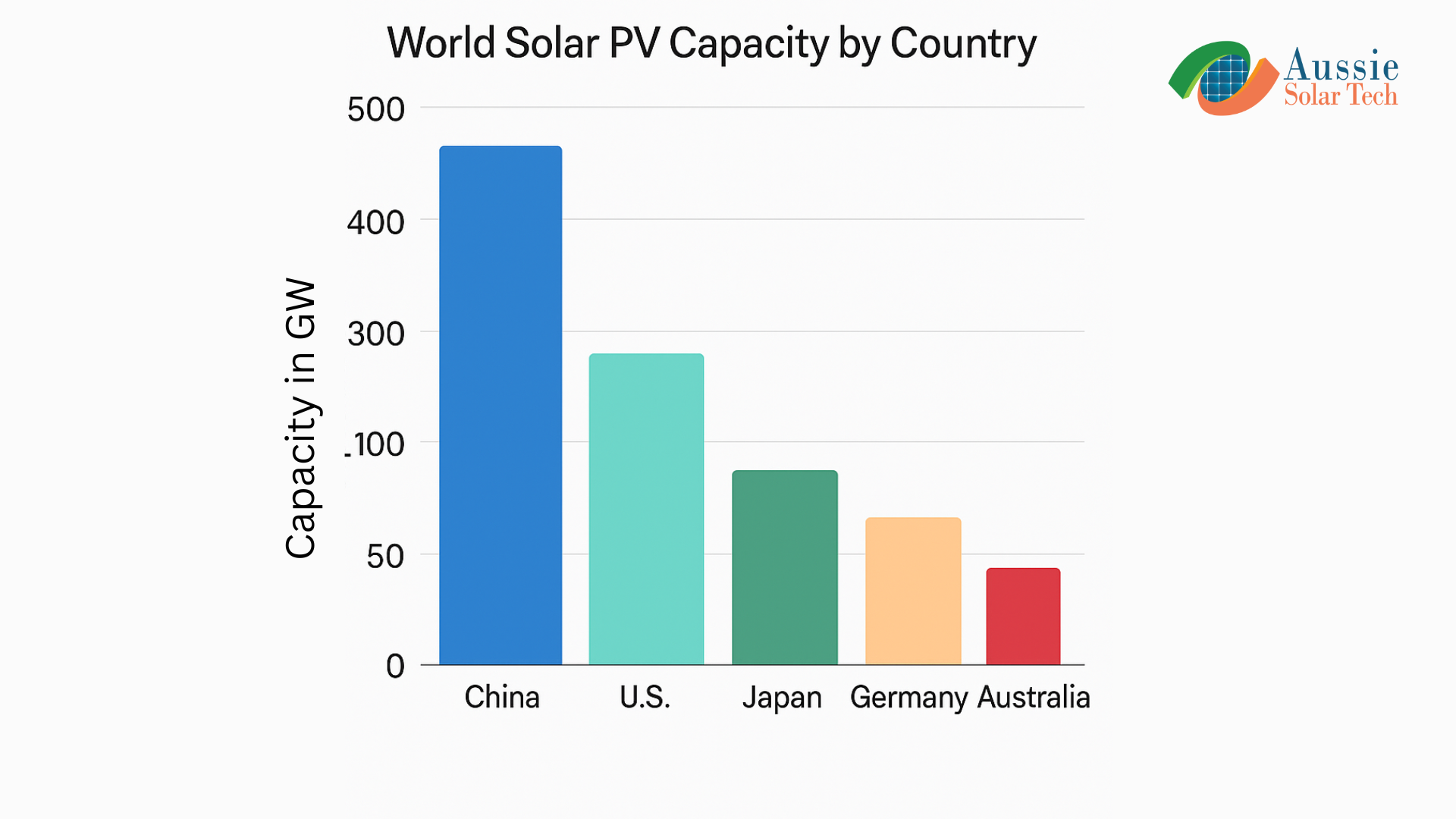
These images display a bar chart showing the installed solar photovoltaic (PV) capacity by country. The chart compares the solar power generation capacity (in gigawatts, GW) for five countries: China, the U.S., Japan, Germany, and Australia.
Here’s a breakdown:
- China has the highest capacity, nearing 500 GW.
- U.S. follows with slightly more than 300 GW.
- Japan is next with a bit more than 200 GW.
- Germany has a capacity slightly below Japan’s.
- Australia has the lowest of the group, though still substantial compared to global standards.
This chart effectively illustrates the global distribution of solar PV capacity, highlighting China’s clear leadership in this area, while also emphasizing the progress of other nations in transitioning towards renewable energy. Australia has made remarkable progress in solar PV, but there’s still a long way to go to match global leaders. With abundant sunshine, vast rooftops, and a passion for innovation, we’re perfectly positioned to lead the world in clean energy. Imagine an Australia where every home and business is powered by the sun, slashing energy bills, creating local jobs, and protecting our environment for future generations.
Frequently Asked Questions About Solar Panels in Australia
1. What’s the average cost of solar for a typical 4-bedroom home?
A 4-bedroom house generally requires a 6.6kW solar system, which costs between $5,000 and $8,000 after applying government rebates and incentives.
2. How much will I pay for solar panels in Brisbane?
If you’re installing solar in Brisbane, expect to pay anywhere from $4,500 to $7,500, depending on the brand, system size, and installer reputation.
3. Which Australian state offers the cheapest solar installations?
Queensland and Western Australia are typically the most affordable states for solar installation, thanks to strong competition among providers and abundant sunshine.
4. What is the typical lifespan of a solar panel system?
Most quality solar panels are built to last 25 to 30 years, with performance warranties commonly covering 20 to 25 years.
5. How much does a 6.6kW solar system cost in Australia in 2025?
In 2025, a fully installed 6.6kW system usually ranges from $5,000 to $8,500, depending on location, component quality, and any applicable rebates.
Final Thoughts
Solar energy remains one of the most cost-effective investments for Australian households in 2025. With continued technological improvements and supportive government rebates, the solar panel costs are more affordable than ever. With favorable pricing, robust government incentives, and continuous technological advancements, the decision to go solar is more financially sound than ever. Understanding the key factors influencing costs, leveraging available rebates, and making informed decisions about system components and installers will ensure a maximum return on investment and a significant contribution to a cleaner, more sustainable energy future for Australia. The current price index reflects a mature and competitive market, making 2025 an ideal time to invest in solar power and harness the abundant Australian sunshine.
Looking for the best solar deal near you? Skip the guesswork—Aussie Solar Tech connects you with trusted, SAA-accredited installers and personalised solar quotes based on your home and energy needs. Get expert advice and start saving today!

Shah Tarek is a Solar Energy Consultant with 10 years experience in solar system design and solar consultancy field at Australia. He is now a Director, Operation & Consultancy Division at Aussie Solar Tech, a leading Australian solar retailer and installer. Here he is writing informative and engaging solar content that educates the community on the benefits of solar power. His work supports Aussie Solar Tech’s mission to promote sustainable energy solutions and foster a greener future for Australia.
Recent Posts

